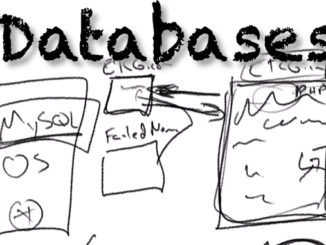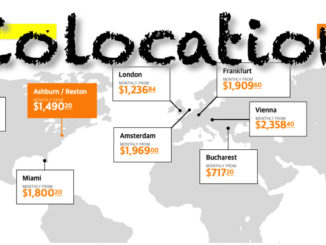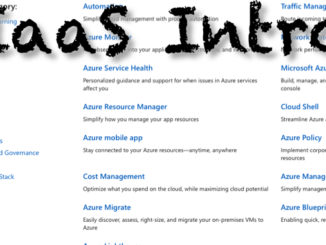Cloud Computing in one form or another is the major architecture for enterprise class infrastructure. Cloud Computing should be looked as a world view more than as a specific technology or product.
- What is the “cloud”? – The “cloud” represents the idea that you can point at the specific server that is running a service.
- Abstraction – Cloud Computing relies on breaking the components of a standard server into individual services.
- Compute
- Virtualization and Containers turn Fully Functional Operating Systems into movable files
- Serverless Architecture allows coders to access compute functions simply through an API call
- Storage
- SANs – Storage Area Networks are cluster of storage specific servers that provide redundancy and reliability
- AWS/ AZURE Infrastructure Storage offers numerous on demand storage options without having to purchase hardware
- Database
- Clusters are groups of Servers that replicate data to each other to provide reliability and fault tolerance
- Databases can be Read Only, Write Only or Read/ Write to improve security and performance
- Cloud Networking
- Geo DNS Routing allows you to route traffic based on geographic location of clients IP Address
- SDN – Software Defined Networking allows you to route traffic dynamically based on rules beyond what’s available from routing protocols
- API’s
- Application Programming Interfaces give you the ability to write and read from platforms such as Salesforce. These allow you to leverage the platforms, but your permissions are math the whim of the companies.




Be the first to comment